OK, so I decided to break out the old Audix i5 today and use it in conjunction with my SM57. Is there a risk of phase cancellation, and how could I consciously avoid problems?
Here's what I did:
I put on a pair of headphones and chugged a chord while moving the 57 around until I found the sweet spot then anchored it in place. Yeah I know I'm talented haha 8). And did the same with the i5, luckily they had different sweet spots. Actually using this method and with the combined tones of both mics and positions I got the most gorgeous base tones I've ever gotten.
I didn't find anything wrong with the individual recordings or when they were played at the same time but some interesting things happened when I was mixing. The tracks were a little boomy so I decided to apply EQ. I put a bass roll at 80 Hz on one of the tracks and everything is good. I apply it to the next track but as I approach 80Hz there comes these booming bass tones that peak in boominess when both tracks are rolled at 80Hz.
I am at a loss, I have no idea why this happened or how to fix it. The resulting artifacts were 3x as boomy as the un-EQ'd tracks...which is weird.
Topic Tags
Comments
Probably a phase point in which both signals are perfectly in-ph
Probably a phase point in which both signals are perfectly in-phase and are summing each other at that frequency. More than likely, the mics are mostly out-of-phase in this case. If you have a phase switch then you need to use it . If you dont then you need to build a cable or at least a short adapter that will run one mic out of phase with the other.
When you check two mics for phase, it is very obvious when they are effected in this way.
Another interesting thing that happens with two dynamic mics is you get them in close proximity and the patterns will merge at certain frequencies. Not a problem so much with a two speaker set up where they are far enough apart not to interact, but two in very close proximity will sometimes exhibit this. Yes, its a weird thing and it has to do with the magnetic flux from the capsules.
I've only seen this in dynamics that are similar in design. The 57 and the i5 share some lineage.
If I remember you are using Logic so I believe this free plug in
If I remember you are using Logic so I believe this free plug in will work for you if you don't have phase reversal built into your DAW
http://www.sonalksis.com/index.php?section_id=99
Not sure about compatibilty with Logic but works on Mac.
Getting back to business, the sound file is up and running on my
Getting back to business, the sound file is up and running on my myspace for all to see. It's called "If We Fell Tonight"
I wouldn't call that track boomy, per se, but more along the lin
I wouldn't call that track boomy, per se, but more along the lines of muddy. Let's see if you are breaking any rules here for recording anything above "light classic rock gain:"
1. Use bridge pickup
2. Never have lows on amp past 2 or 3
3. Apply nuclear high pass at 100-200 for each mic in software
4. Keep the low mids clear.
Marshalls are notorious for lower mid mud, and I think that might be some of your problem. If you followed steps 1-3 and you are still having mud issues, then you will have no choice but to: get a new amp, get different pickups, put an acitve EQ in your effects loop, or try, ughhhhh, using an EQ plugin post recording.
Bump. I'm curious about the phase thing. Because I tracked a n
Bump.
I'm curious about the phase thing. Because I tracked a new project today and the same thing happened with the roll off. I tried using the phase inverse on one of the tracks but then it sounded like there was a bandpass from 500Hz to 10 kHz or something. You know what I mean, like somebody was playing guitar over the phone.
What should I do with the mics? It sounds like it isn't a phase issue. Don't let this thread die! I'm really looking to increase the quality of my recordings. 8) Should I post sound clips, if so what?
You'd have to be pretty tricky to get them to phase when they're
You'd have to be pretty tricky to get them to phase when they're that close together. Usually phase is more of an issue when you have one mic as a distant/room mic.
At any rate, I think the reason you're having problems is that both of those mics are so similar. I don't own an i5 but I'm pretty sure it was meant to be direct competition with the SM57. That being the case, if you want to get a different sound you could try putting one of them at an angle or using one of them as a distant. If you choose to use a distant mic, you will need to pay close attention to phase. This is when you will definitely hear it. It can be subtle comb filtering or all out phase cancellation.
Comb filtering, what is? And when using two mics at differing d
Comb filtering, what is?
And when using two mics at differing distances, I've heard different techniques. I have heard to make sure that the distances are in 2x intervals, and other people have said in 3x intervals. But for a guitar cab, where does the measurement start? Say the close mic is against the grille cloth, is that miking at 0 inches, 1 inch, or do you forget the grille and measure from the center of the cone making it 3 or 4 inches?
Out of the 'art' and into the 'science'
The three times rule mostly applies when you are talking about a
The three times rule mostly applies when you are talking about a spaced pair. The distance between the mics should be three times the distance from the source.
Comb filtering: think of a comb with teeth. the teeth grab and the spaces between allow the hair to flow through. Not exactly what comb filtering is but, you get the idea. The frequencies are effected most where equal and directly opposite.
Guitarfreak wrote: some interesting things happened when I was
Guitarfreak wrote: some interesting things happened when I was mixing. The tracks were a little boomy so I decided to apply EQ. I put a bass roll at 80 Hz on one of the tracks and everything is good. I apply it to the next track but as I approach 80Hz there comes these booming bass tones that peak in boominess when both tracks are rolled at 80Hz.
I am at a loss, I have no idea why this happened or how to fix it. The resulting artifacts were 3x as boomy as the un-EQ'd tracks...which is weird.
EQs introduce phase shifts. This can have unpredictable results when mixed with another correlated signal, so EQing just one mic in a multi-mic setup doesn't always do what you expect. As you just discovered!
You might find it easier to get the results you want if you bus your 2 guitar mics to a group with an EQ inserted. That way you can shape the combined sound of both mics without changing the phase relationship between them.



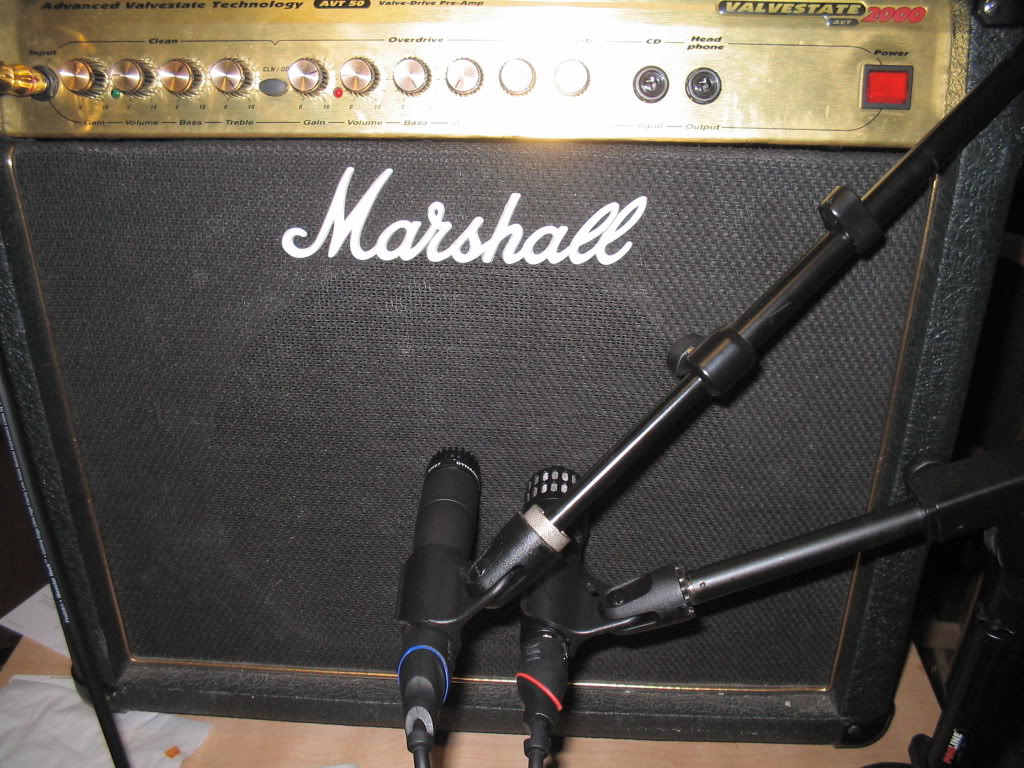
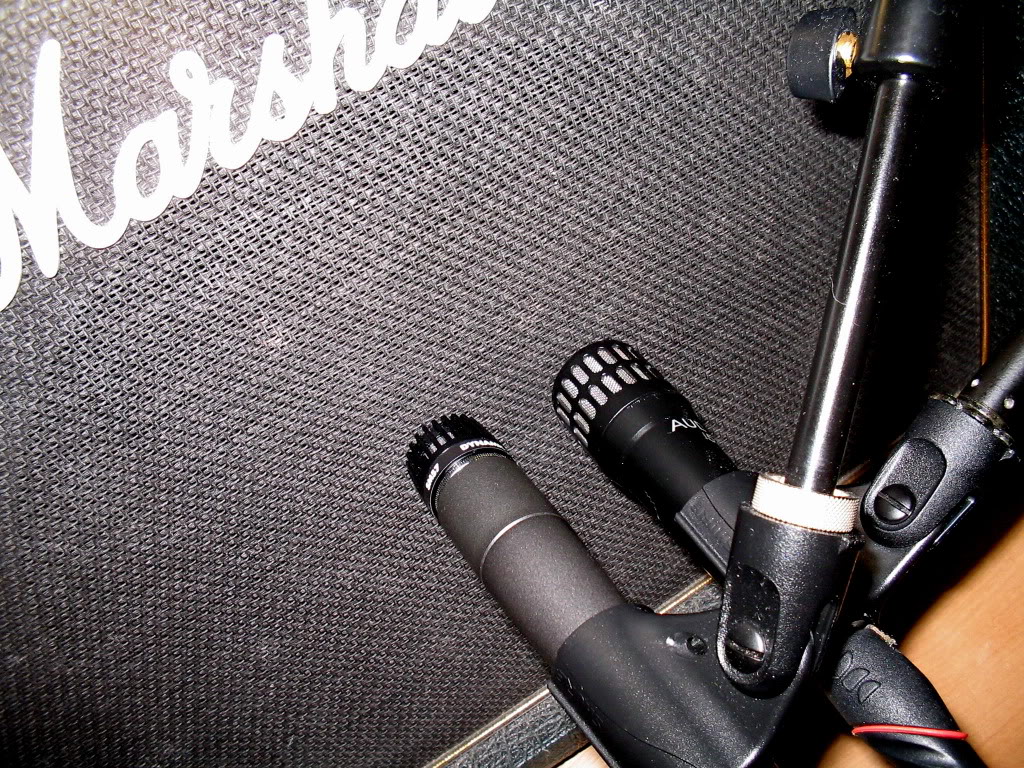
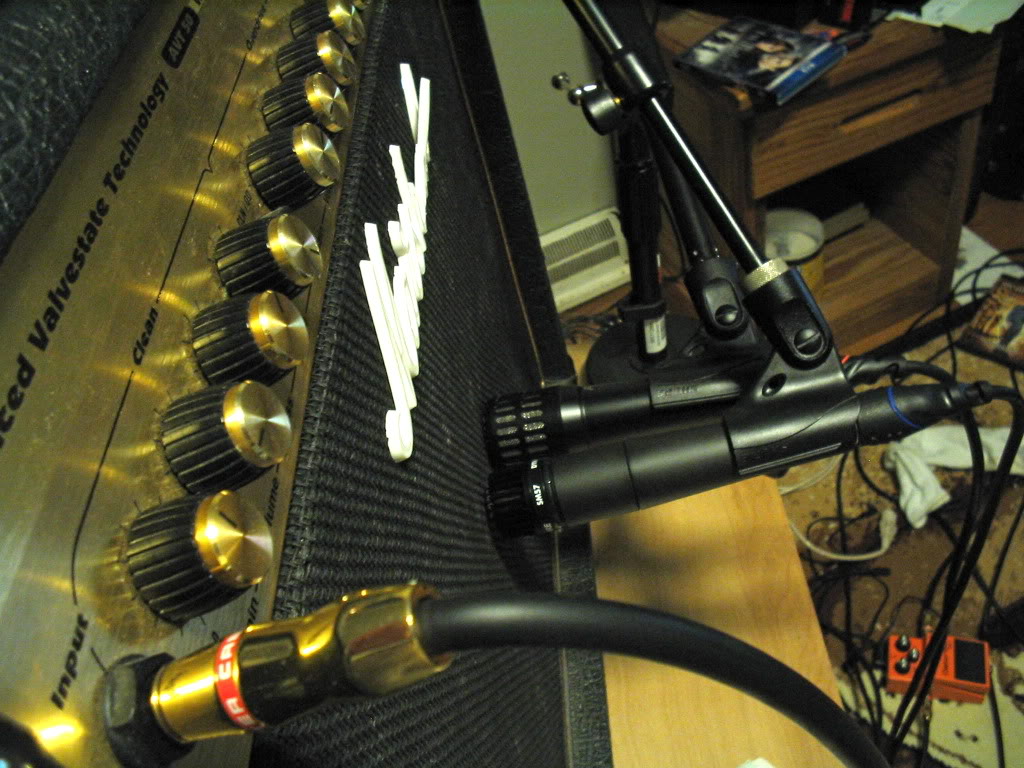
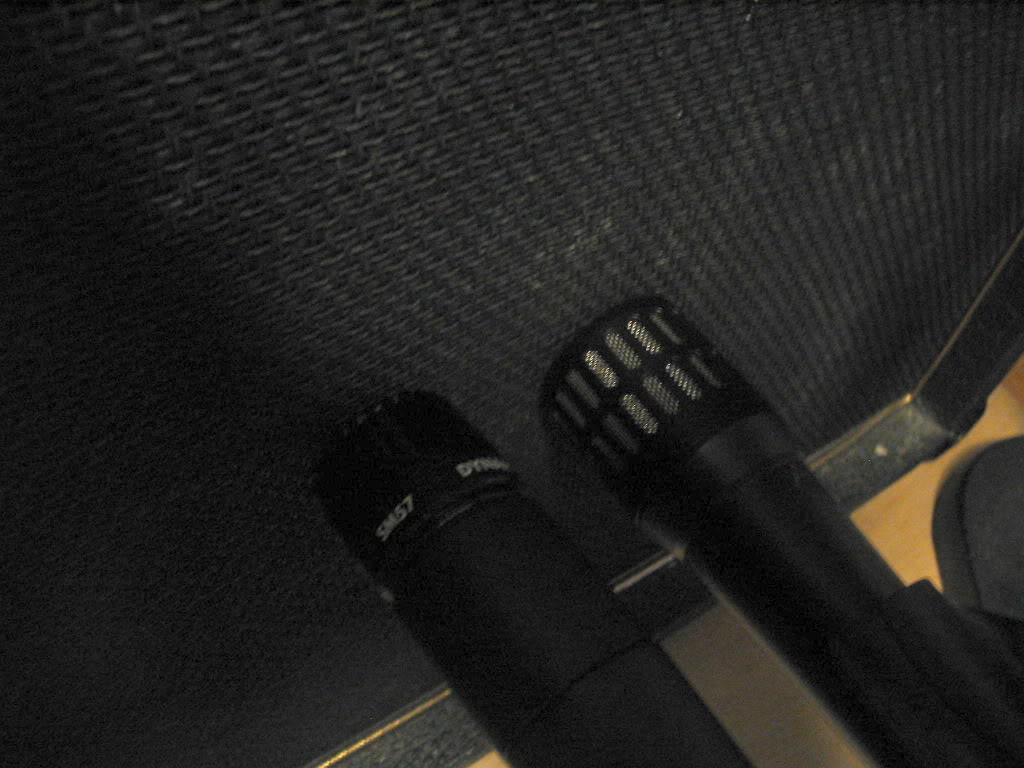
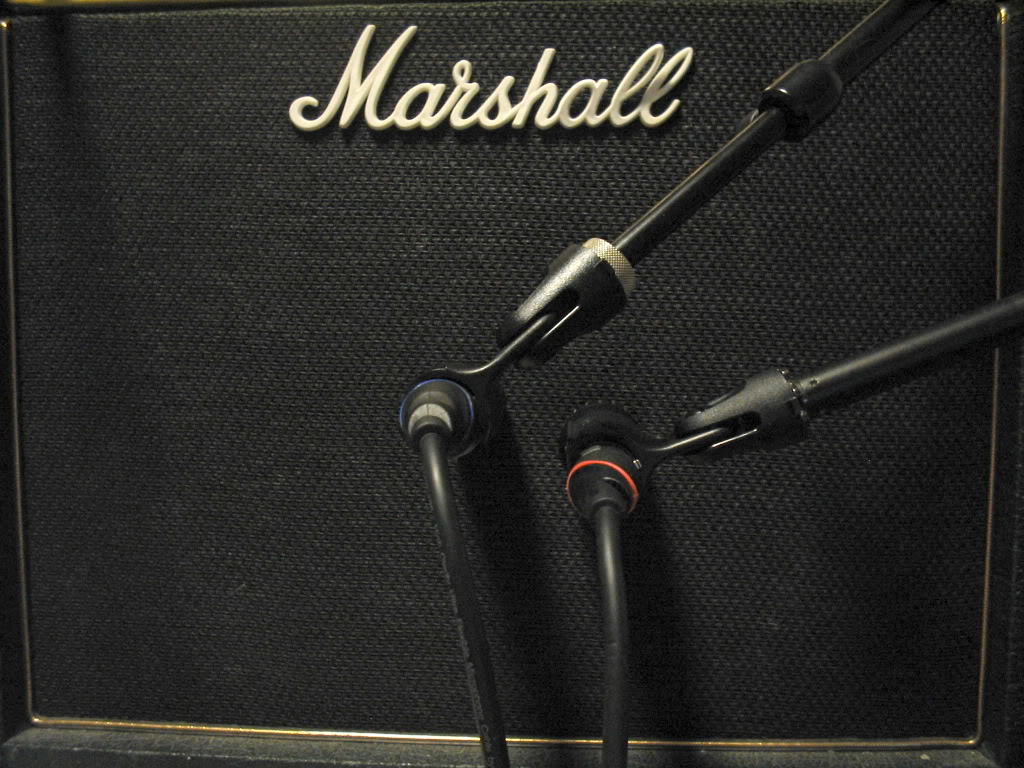

Are you using compression? If 80Hz was triggering the compressor
Are you using compression? If 80Hz was triggering the compressor and you've rolled it off at 80Hz, that gives room for everything above 80Hz to crawl up to the threshold. 200Hz -500Hz boominess.